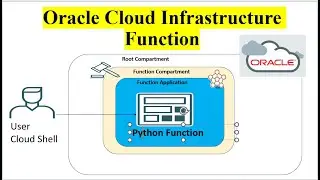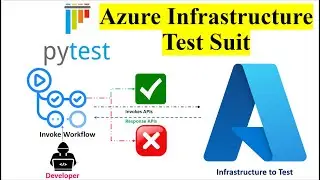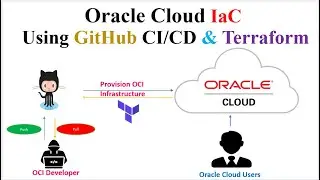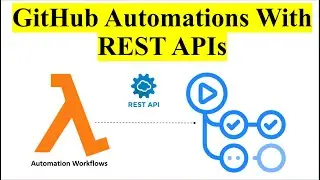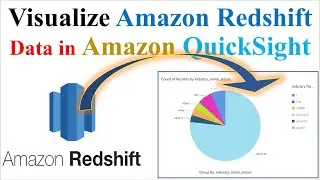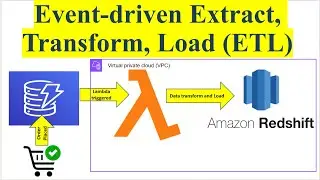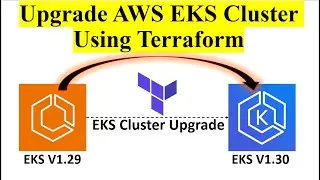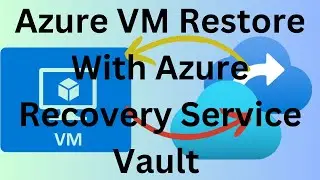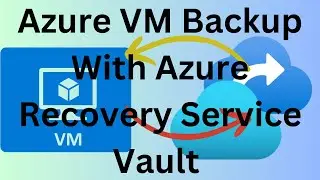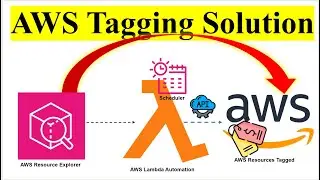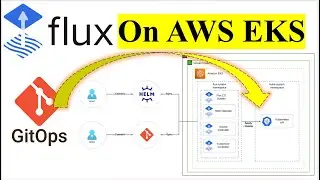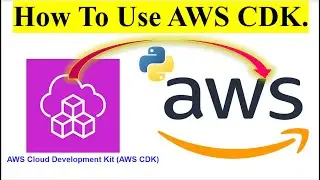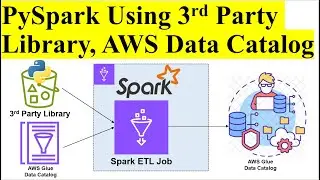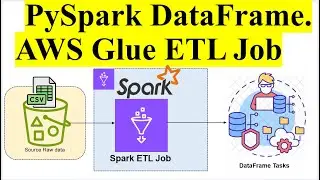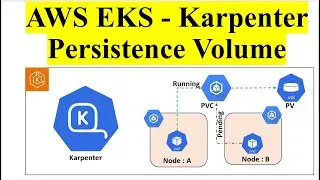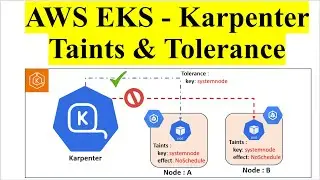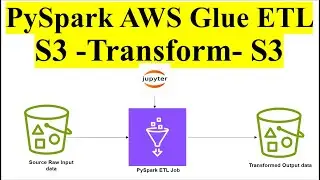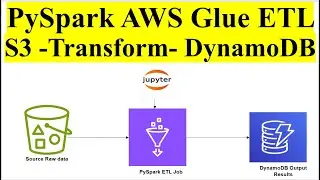AWS EKS Cluster Upgrade from V1.29 to V1.30 Using Terraform Without Application Downtime |Kubernetes
===================================================================
1. SUBSCRIBE FOR MORE LEARNING :
/ @cloudquicklabs
===================================================================
2. CLOUD QUICK LABS - CHANNEL MEMBERSHIP FOR MORE BENEFITS :
/ @cloudquicklabs
===================================================================
3. BUY ME A COFFEE AS A TOKEN OF APPRECIATION :
https://www.buymeacoffee.com/cloudqui...
===================================================================
In this video, you'll learn how to upgrade your AWS Elastic Kubernetes Service (EKS) cluster from version 1.29 to 1.30 using Terraform, while ensuring there is no downtime for your applications. The process demonstrated in this tutorial is designed to be smooth and efficient, minimizing disruptions and ensuring the stability of your services during the upgrade.
Key Points Covered:
Introduction:
Brief overview of AWS EKS and its importance.
Explanation of why upgrading Kubernetes versions is crucial for security, performance, and feature enhancements.
Prerequisites:
Ensure you have Terraform installed and configured.
Basic understanding of Terraform, EKS, and Kubernetes concepts.
Access to your AWS account and EKS cluster.
Preparing for the Upgrade:
Backup your current EKS cluster configuration and resources.
Review the AWS EKS upgrade documentation for version 1.30 to understand changes and new features.
Check the compatibility of your application workloads and custom resources with Kubernetes 1.30.
Terraform Configuration:
Update your Terraform configuration files to reflect the new Kubernetes version (1.30).
Modify the aws_eks_cluster resource block to specify the new version.
Validate your Terraform configuration to ensure there are no syntax or compatibility issues.
Performing the Upgrade:
Execute terraform plan to review the changes Terraform will make.
Apply the changes with terraform apply, which will initiate the upgrade process.
Terraform will handle updating the EKS control plane and worker nodes.
Minimizing Downtime:
Strategies to ensure application continuity, such as leveraging rolling updates and ensuring sufficient capacity.
Monitor the upgrade process and verify that workloads are not disrupted.
Use Kubernetes features like Pod Disruption Budgets (PDBs) and StatefulSets to manage pod availability during the upgrade.
Post-Upgrade Steps:
Validate that the upgrade was successful by checking the EKS cluster status and verifying application functionality.
Update your applications or workloads if necessary to leverage new features or address any deprecations in Kubernetes 1.30.
Clean up any temporary resources or configurations used during the upgrade process.
Troubleshooting:
Common issues that might arise during the upgrade and their solutions.
How to roll back the upgrade if something goes wrong.
Conclusion:
Recap of the upgrade process and key takeaways.
Encouragement to follow best practices for future upgrades and to stay informed about Kubernetes changes.
Additional Resources:
Links to Terraform documentation, AWS EKS upgrade guides, and Kubernetes release notes.
Contact information or community resources for further assistance.
Audience:
This video is targeted at DevOps engineers, AWS administrators, and Kubernetes practitioners who are responsible for managing EKS clusters and are looking to perform a seamless upgrade using Terraform.
Repo link : https://github.com/RekhuGopal/AWS_EKS...
Here are some relevant tags for the video, formatted with hashtags and in lowercase:
#aws
#eks
#terraform
#kubernetes
#cloudcomputing
#devops
#awsupgrade
#k8s
#terraformscripts
#containerorchestration
#infrastructureascode
#techtutorial
#cloudnative
#applicationmanagement
#kubernetesupgrade
#terraformaws
#awsdeveloper
#managedkubernetes
#upgradeguide
#continuousdeployment
#cloudquicklabs








